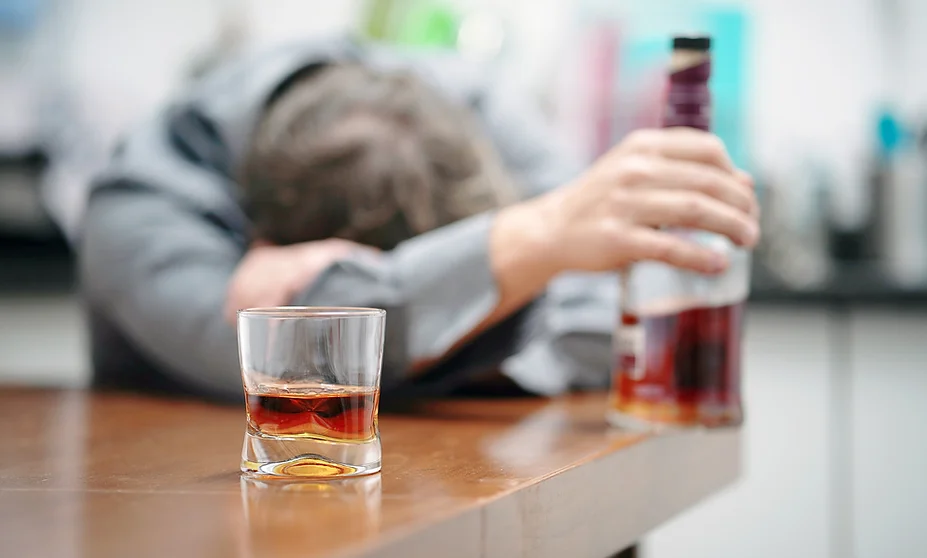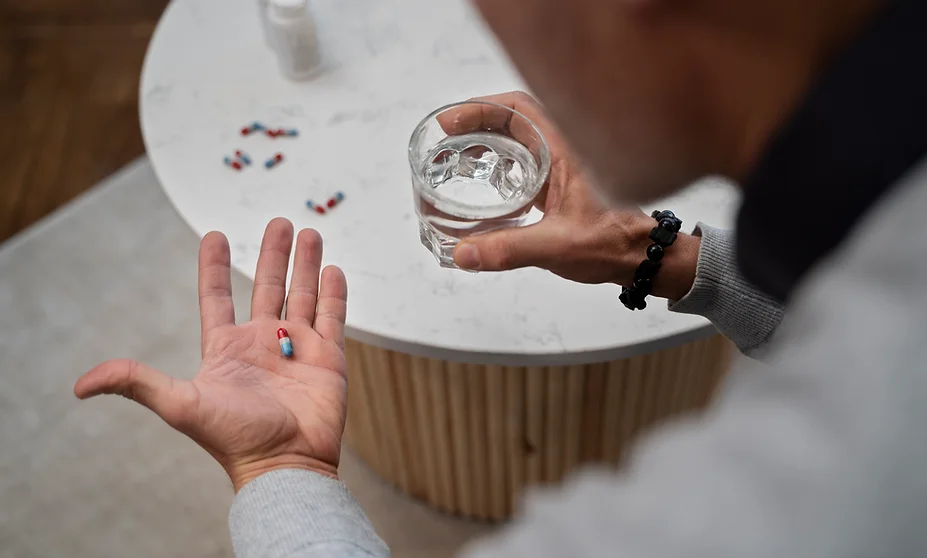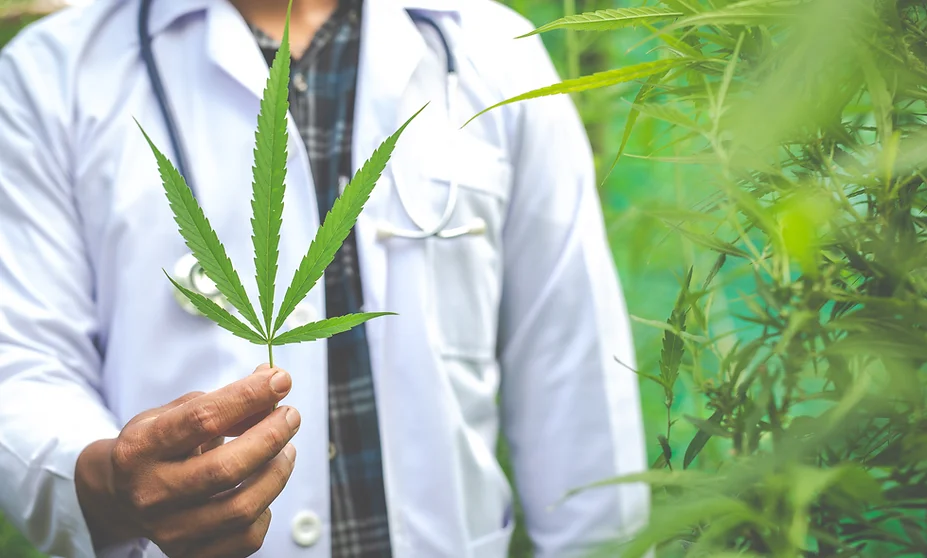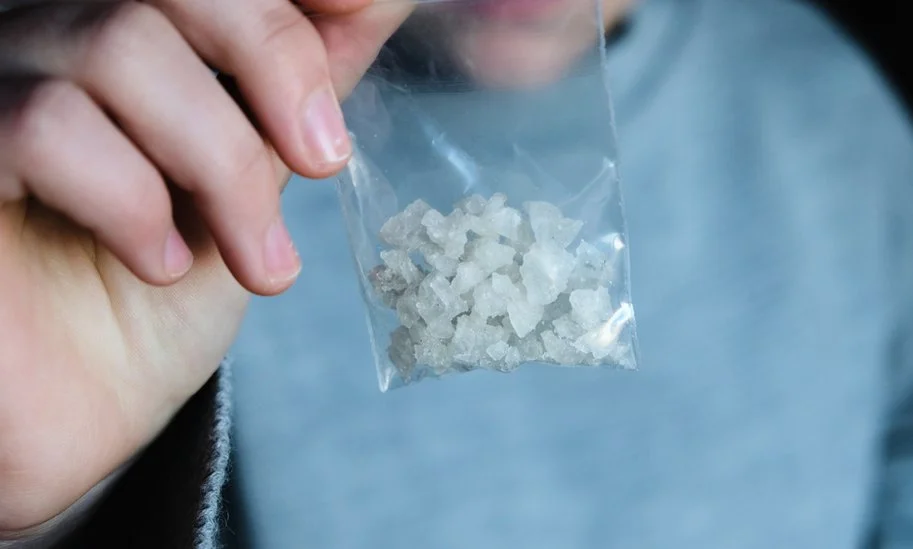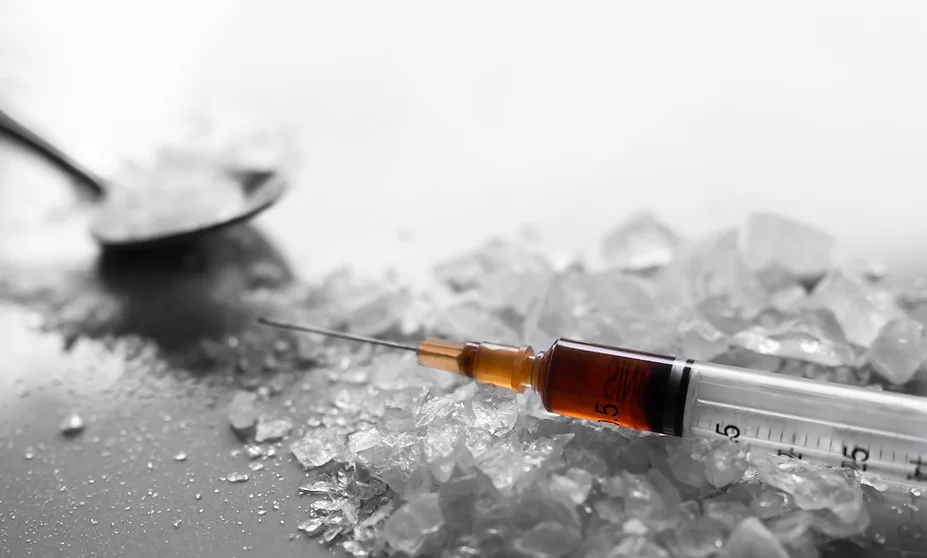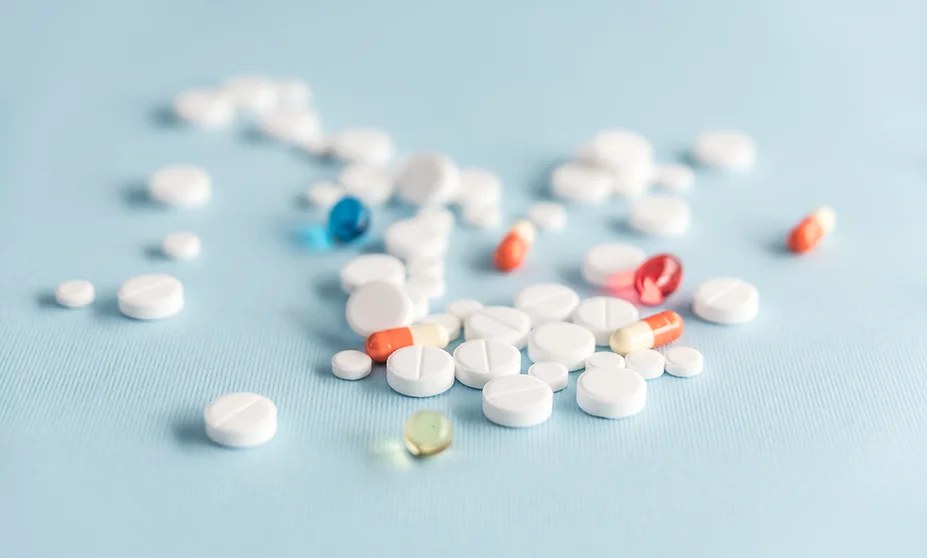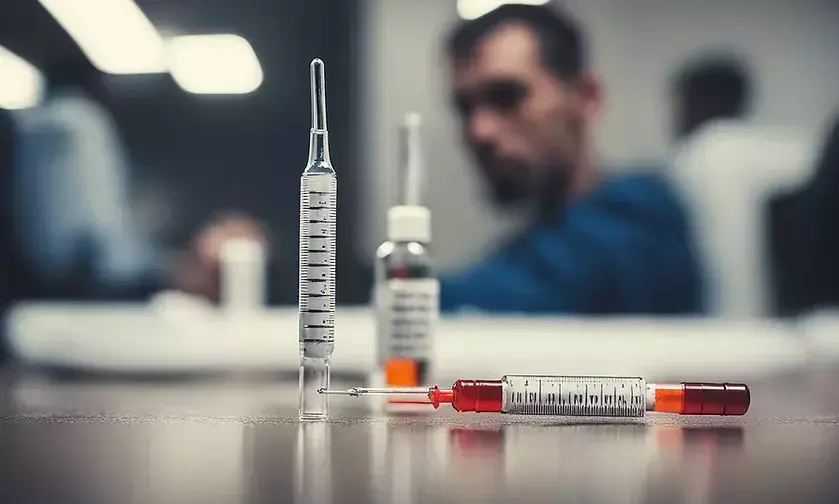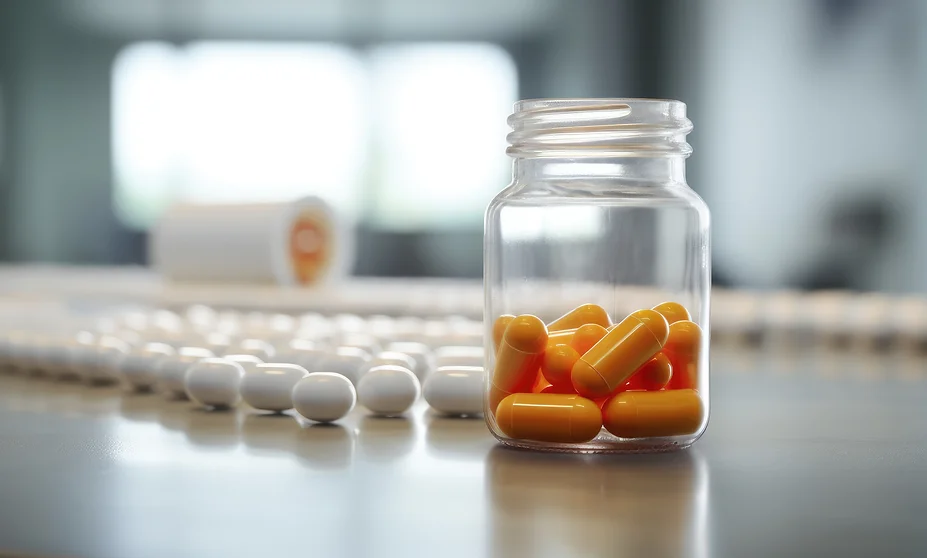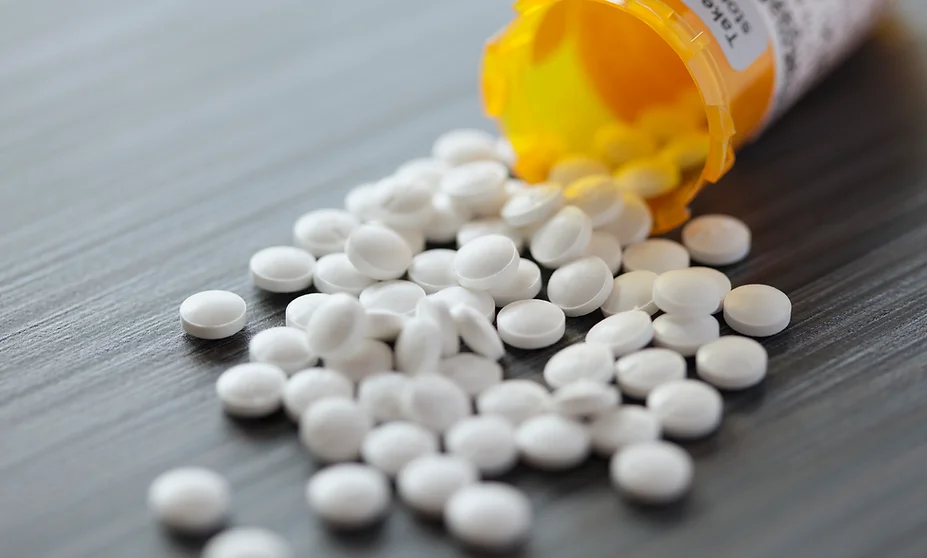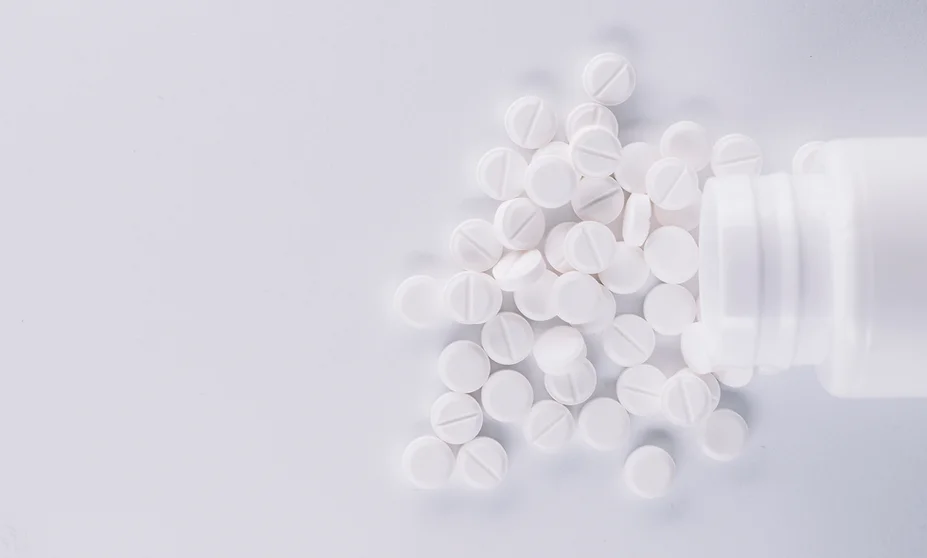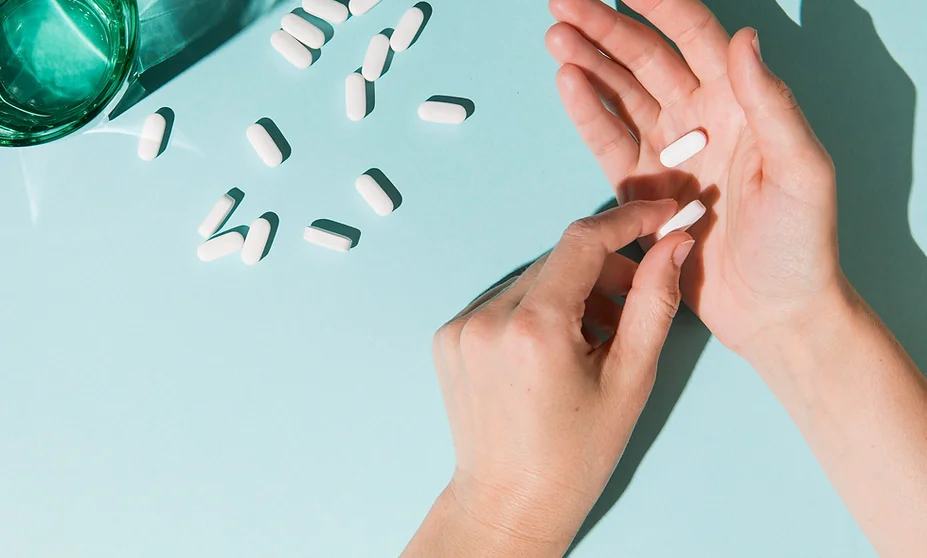Call Us Now!
Discover our recovery treatments. Contact us to learn more and verify your insurance coverage online or by phone.

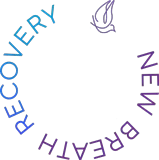

In the United States, 2.5 million people have opioid addiction. Only one in five of them get the treatment they need. The rest end up in prison or die from drug use. According to the National Institute on Drug Abuse, about 75,000 people die from opioid overdoses every year — a huge number of people even on a U.S. scale.
If you or a loved one is using opioid drugs, it doesn’t mean life is over. At New Breath Recovery, a treatment center located in California, patients go through individualized rehabilitation programs. Here they learn to live sober and rational lives, coping with any life adversity without the use of psychoactive substances. The clinic offers comfortable conditions: cozy apartments, recreational areas, delicious meals and, most importantly, round-the-clock supervision by experienced medical staff.
What Are Opioids?
Opioid drugs have been known to mankind for several millennia. At first, they were made from poppy extract — opium. Later they learned to extract active substances such as morphine and codeine — opiates.
About 100 years ago, pharmacists managed to synthesize substances similar in their action to opiates: heroin, oxycodone, hydrocodone, fentanyl. All of these, together with the products of poppy extract processing, are called opioids. What they have in common is their ability to provide effective pain relief. At the same time, their use leads to severe forms of drug addiction.
Causes of Opioid Addiction
In 1980-1990, pharmaceutical companies began to actively market opioid painkillers on the drug market. Buyers were not aware that such substances could lead to addiction. This led to a real opioid crisis, which in the US still lasts to this day.
Why does addiction occur? Opioids affect the same structures in the body. Once in the bloodstream, they reach the opioid brain receptors and bind to them stronger and longer than endorphins, causing a relaxing and euphoric effect. This is because by binding to the receptors, opioids trigger the active production of dopamine, which causes the sensation of pleasure.
At the same time, they suppress the production of norepinephrine, which affects many organs and systems in the human body, including breathing. Over time, drug abuse causes the number of opioid receptors to decrease or become less responsive to the effects of opioids. Therefore, addicts have to increase the dose to get high – already in the second year of drug abuse, this dose can be 200 times higher than the initial dose.
Why can’t I quit drugs on my own? Over time, the number of noradrenaline receptors increases due to the adaptive functions of the body. Abrupt drug withdrawal causes the level of noradrenaline to increase many times over and the body becomes hypersensitive to it. As a result – withdrawal symptoms: muscle pain, fever, nausea, cramps. This condition is very painful and can last for several weeks.
Signs and Symptoms of Opioid Addiction
The main signs that can be used to identify an opioid addict:
- the presence of injection marks. Such drugs are most often injected – injected into a vein;
- dilated pupils of the eyes;
- change in appearance: pale skin, bags under the eyes, weight loss, darkening of teeth;
- inappropriate behavior: mood swings, aggression, increased anxiety, apathy;
- insomnia.
A few hours after taking drugs, a person may experience the first signs of withdrawal symptoms, so he tries to get another dose by any means to avoid pain. This is a clear signal that it is time to seek help in a rehab center.
Addiction develops gradually in several stages:
- psychological or emotional. This is the period of familiarization with drugs, which can last up to 1-3 months. At this time, a person does not yet experience acute withdrawal symptoms when refusing opioids;
- physical. After tolerance to the substance appears, use becomes a way to get rid of pain and other unpleasant symptoms (cramps, nausea, etc.) that accompany every attempt to quit taking substances;
- personality degradation. Prolonged drug use leads to the destruction of personality and deterioration of internal organs: heart, liver, kidneys.
Treatment is possible at all stages. But at the first two stages, an addicted person can fully return to the former life without irreversible consequences for the body.
Call Us Now!
Discover our recovery treatments. Contact us to learn more and verify your insurance coverage online or by phone.

Types of Opioid Addiction Treatment Options
The approach to the treatment of opioid dependence is always comprehensive.
It includes the following stages:
- detoxification and drug therapy. Through complete withdrawal from drugs, gradual reduction of dosage or substitution with other substances, the person is returned to a sober state in which he or she is able to realize cause-and-effect relationships and undergo subsequent stages of treatment;
- psychotherapy. Group and individual, cognitive-behavioral and other therapies help change a person’s behavior and thoughts, turning them in the right direction;
- rehabilitation. Rehabilitation program helps to return to the previous physical shape, restore the reserve of strength, improve mental health and restore social ties;
- relapse prevention. The course aims to identify situations in which a breakdown is likely to occur, so that help can be sought promptly from professionals or support groups.
Differences may be in the type of medication used and the specifics of the therapies.
The Process of Treating Opioid Addiction
Despite the possibility of outpatient treatment, an inpatient facility is better suited for opioid addiction. The reason for this is simple: there are always experienced doctors here and no access to drugs. Therefore, recovery is faster and more effective.
Once you have decided on a rehab center, you will need to undergo an interview and a comprehensive examination. This is necessary to develop a treatment plan and prescribe the necessary medications.
One of the most difficult stages is detoxification. At this time, symptomatic treatment is necessary, aimed at reducing pain, improving the quality of sleep, preventing seizures. In the most severe cases, the process is deliberately delayed by prescribing substances such as methadone or buprenorphine. Since the body is usually severely depleted, additional vitamin and glucose therapy is prescribed.
After the drug and its breakdown products are removed from the body, the patient undergoes intensive psychotherapy. He communicates with an experienced psychotherapist, identifying the reasons for opioid use and finding ways to deal with triggers. Additionally, group therapy sessions are prescribed, which due to empathy have a good recovery effect on each of the participants.
It is important to choose a rehab where you can truly be helped. At New Breath Recovery, our goal is not just to improve patients’ condition during their stay, but to teach them how to move on with their lives.
Frequently Asked Questions About Opioid Addiction Treatment
Below, our clinicians have answered key questions that relate to opioid addiction and treatment approaches.
How does opioid detoxification work?
After assessment, the patient is gradually reduced or completely discontinued in an inpatient setting. Medication support may be prescribed to alleviate withdrawal symptoms: methadone, buprenorphine, naltrexone, antidepressants and others. Depending on the severity of the case, the acute phase can last up to 7-14 days.
Also, in the absence of contraindications for health, ultra-fast detox is possible. In this case, the patient is put into a deep sleep for 6-9 hours. During this time, he is administered detoxification drops, naltrexone and other drugs.
Is there a difference between treating prescription opioids vs heroin addiction?
Yes, there’s a difference between the two. The difference is more tangible the longer the heroin user has been using heroin. In the treatment of heroin addiction, naltrexone may be additionally prescribed, detoxification usually takes longer, and it is more difficult to convince the patient of the need for rehabilitation.
What role do peer support groups play in opioid addiction recovery?
Support groups play a key role in the treatment of opioid dependence. They help patients find understanding and emotional support, learn positive behaviors and mutual support. But the most important benefit of participation in support groups is that they reduce the risk of relapse by regularly socializing with people who have similar problems.
Can medication-assisted treatment help in opioid addiction?
Yes, medications are actively used in the treatment of opioid dependence. In substitution treatment it may be methadone and buprenorphine, in overdose treatment it may be naloxone, and to avoid relapse it may be naltrexone.
Verify Insurance
Your treatment may be fully or partially covered by insurance.
Fill out the form below, and we will verify insurance to check your benefits.
Contact us if you have any questions.

